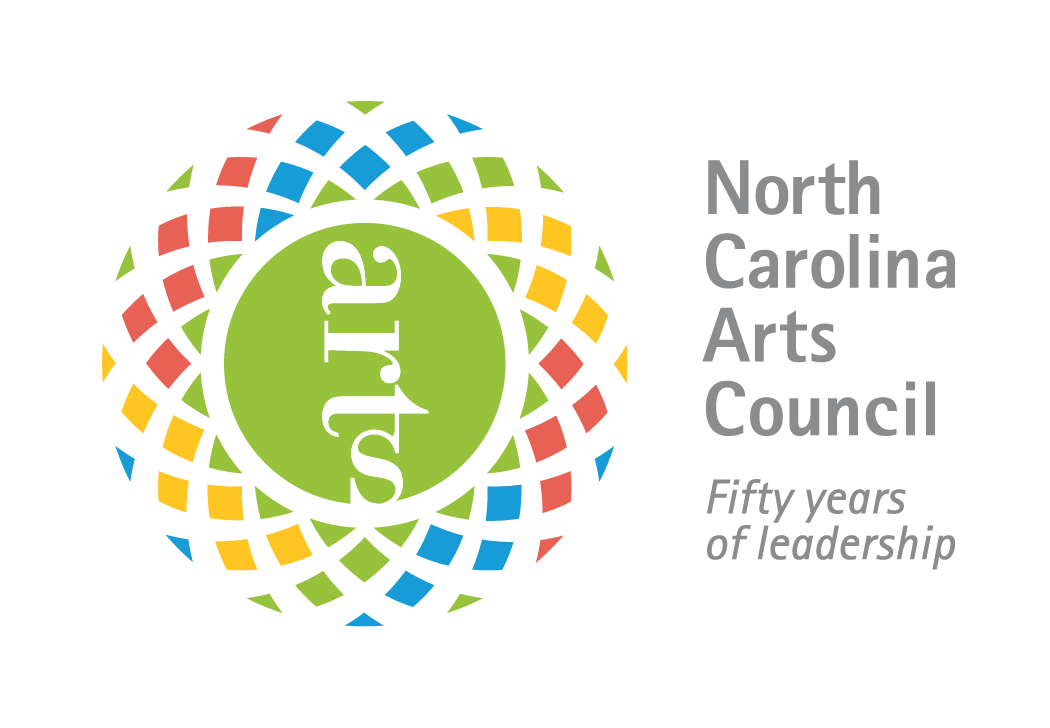News
Cherokee Nation Claims Territory Next to APPALACHIAN SPRING
Feb 1, 2020By Perry Tannenbaum, Broadway World Review
When you think of an All-American concert at Belk Theater performed by the Charlotte Symphony, composers like Samuel Barber or Aaron Copland figure to be in the mix. Sure enough, Copland's APPALACHIAN SPRING is the marquee attraction at the latest Symphony concert led by maestro Christopher Warren-Green, preceded by Barber's equally familiar Adagio for Strings. What came between these works by a Pennsylvania blue-blood and a Brooklyn-born Jew was really surprising, enlightening, and inspiring - and frankly stole the show.
That work was by a composer most of us had never heard of, William Brittelle, titled Si Otsedoha in a language most of us don't know. Commissioned by the North Carolina Symphony in 2017 and premiered the following year in Raleigh, the new piece tripled the Appalachian aspect of the concert, for the Boston-born Brittelle was raised in Newton, NC, the county seat of Catawba County. Appropriately enough, the featured performers of Si Otsedoha were the Cherokee Chamber Singers of Cherokee High School, led by Michael Yanette.
With English and Cherokee text by the Singers, the piece is divided into five sections, including a "Still Here Overture." It's forceful stuff from the beginning, with each of the Singers stepping forward to recount a segment of Native American or Cherokee history. The history goes back many millennia before the so-called "discovery" of the New World, and after each section - even after the sufferings, indignities, and betrayals inflicted by white European occupiers - the whole ensemble proclaims, "But we're still here!" with an edge of affirmation and defiance. Special rancor is reserved for President Andrew Jackson.
Adorned with silvery percussion and gossamer harp strings, "Walls of Glass" is the most soothing and ethereal section of the piece, where the lyricism of the composer and the harmony of the ensemble shine most brilliantly. The finale, "Si Otsedoha," circles back to the "We're still here" message of the opening section, but the Cherokee version is spoken with far less defiance than the earlier English preamble. Gradually the music, the singing, and the chanting grow insistent, then exclamatory and celebratory - with a little bit of a militant edge. The next time Native Americans wish to protest construction of a new pipeline that violates existing treaties, Si Otsedoha (first word is pronounced "she") would be a stirring, powerful statement to fire up demonstrations.
Though Barber's Adagio has been programmed at least twice since I heard Jacomo Rafael Bairos conduct it at Knight Theater in 2011, I had never seen what Warren-Green would do with it. Nobody who loves this affecting work will be disappointed. The cellos, violins, and even the violas get opportunities to stand apart during this eight-minute warhorse, and all three perform precisely and sensitively. Watching the performance is a treat - and after navigating the unexpected Uptown detours to find a feasible pathway to the Belk, which seemed to confound Google Maps as much as me, I can heartily credit the players for soothing my frazzled nerves.
Copland's APPALACHIAN SPRING was more of a surprise than the Barber, last performed here in October 2015. For the current concert, Warren-Green expands his conquest, restoring music from the original Martha Graham ballet, which Copland called "Ballet for Martha" before Graham discerned spring in the music and took the eventual title from Hart Crane's The Bridge.
The "Calm and flowing" Section 7 of the piece, memorable for all its voicings of the "Simple Gifts" Shaker melody - by the violas, the cellos, and (most memorably) the clarinet - seemed to come with more off-road excursions by piano, brass, and percussion before the unforgettable orchestral explosion that Charlotte Symphony plays so grandly together. It may be a less cohesive Spring than Copland conceived in his suite, but after hearing the same-old-same-old so many times, I found it fresher and even more satisfying.
Read more






